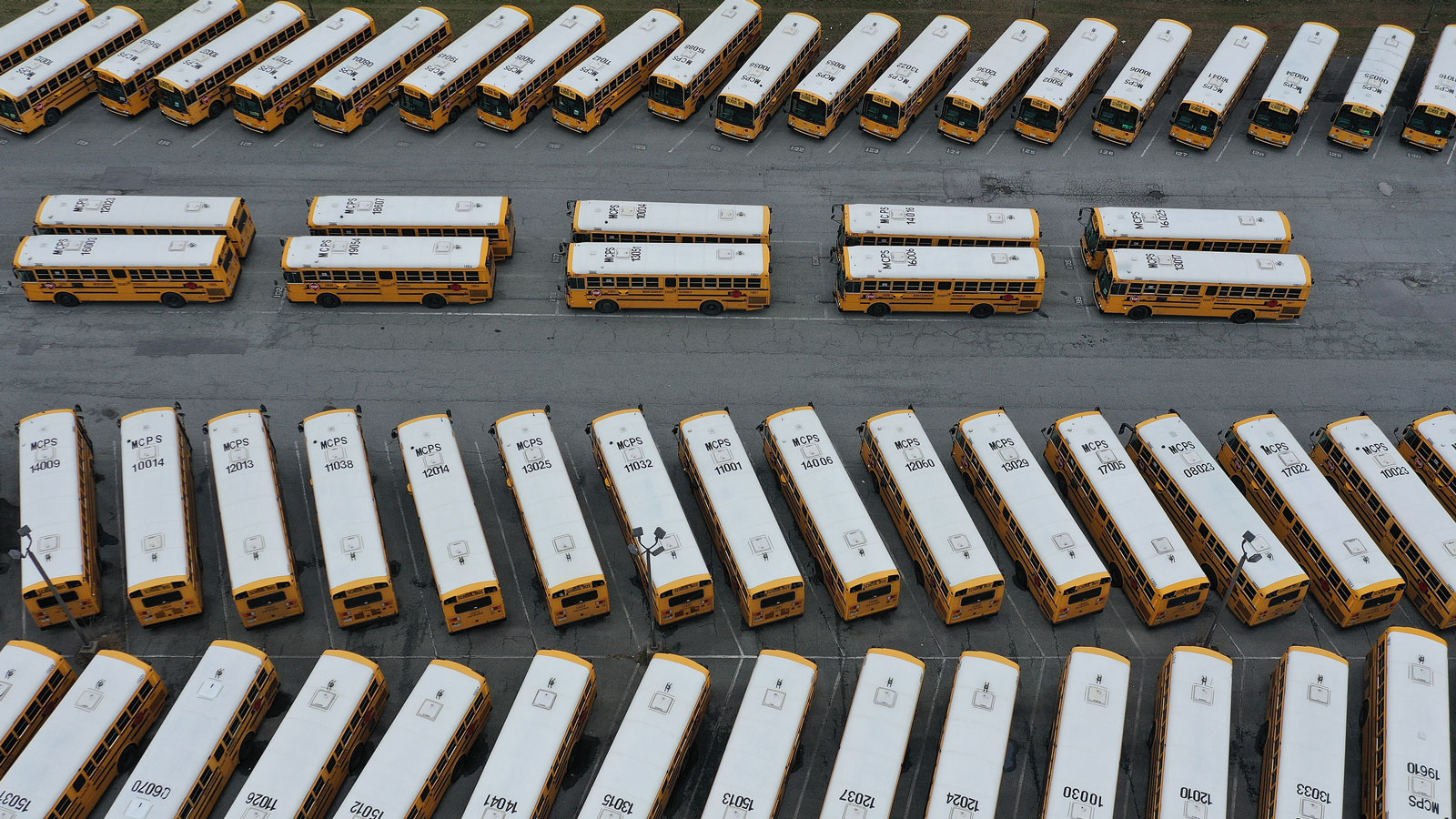Justin Gillis, a former environmental reporter for The New York Times, and Hal Harvey, the chief executive of Energy Innovation, an organization that analyzes climate policy, are the authors of The Big Fix: 7 Practical Steps to Save Our Planet.
The Inflation Reduction Act is the biggest clean energy investment in United States history, but it is not enough to achieve President Biden’s pledge to cut emissions 50 percent by 2030 — a pace the U.S. must reach to do its part limiting the extreme heat, flooding, fires, and drought threatening our homes.
So if the country’s biggest-ever climate law and hundreds of billions in incentives don’t clean up our power plants, vehicles, buildings, and factories fast enough, how can we ensure a safe climate future?
The answer lies with every one of us. Millions already are climate consumers: We put solar panels on our roofs, drive electric vehicles, eat less meat, and even buy offsets for our flights.
Such actions are important, but they won’t be enough to bridge the gap between America’s climate policies and its climate targets. To truly make a difference, we must move from being climate consumers to become climate citizens. Although some have already made that shift, millions more Americans must join the fight.
Many people think government bureaucracy and the sheer magnitude of climate change make this too big a problem for average people to tackle. They’re wrong. We can push the country forward in its clean energy transition by focusing political energy in our local communities and workplaces.
Levers of power are all around us — we just need to know where to look. Every citizen can fight climate change by urging our school boards, city councils, electric utilities, and even our employers to cut their greenhouse gas emissions. And with extreme weather impacts hitting each of our communities, we have a responsibility to act.
Few people take the time to speak up at a public utility commission hearing, but these proceedings are one way you can exert enormous influence by sharing your individual story.
Hundreds of billions in clean energy incentives are now available thanks to the new federal law for consumers, corporations, and local governments. Through the tax code and direct subsidies, Congress has changed the economics of clean energy, making it cheaper to buy electric vehicles, build renewable power plants, and install electrified appliances. These federal incentives can save money and the climate — if they are publicized and understood.
For example, dozens of kids in Montgomery County, Maryland, pushed their school board to lease more than 300 electric buses. They secured this investment by marching in the streets, petitioning the school board and county government to live up to their climate rhetoric, blocking traffic, and picketing the county executive’s house — with some of the kids getting arrested in the process.
While the school board initially opposed the idea because of the upfront costs, which can be triple the cost of diesel buses, the economics penciled out once the board figured out a way to lease the buses. The company backing the lease will sell power from the bus batteries back to the grid when demand is high, defraying the cost. Shifting from diesel to electric will save schools between $4,000 and $11,000 per bus and save our kids from asthma — if other school boards across America make the same shift.
Federal funds can also help clean up our power grid if utilities are pushed to do so. Electric utilities in all 50 states are controlled by a state body known as the public utility commission or public service commission. These regulators are legally bound to listen to citizens and make decisions in the public interest, but people need to speak up more often to ensure commissions understand there is public support for retiring fossil fuels and adding renewable energy sources. This can be as intensive as testifying at hearings, or as easy as filing letters and email petitions during a formal review process to consider utility investment plans.
For example, as we detail in our new book, The Big Fix: 7 Practical Steps to Save Our Planet, in 2018, mothers from across Colorado pushed the state’s public utility commission to close two coal-fired power plants outside Pueblo and replace them with wind or solar farms. The mothers spoke at a public hearing about wanting their children to stop breathing polluted air and the imperative of fighting climate change by cutting greenhouse gas emissions. For many of them, it was their first time speaking publicly. Despite opposition from some state legislators, the plan passed and the plants will be closed by 2031.
These climate citizens succeeded because they raised their voices. Few people take the time to speak up at a public utility commission hearing, but these proceedings are one way you can exert enormous influence by sharing your individual story. As one mother testified, “It’s unconscionable to subject our kids to the long-term health consequences of coal-fired power plant emissions when safe alternatives exist.”
Many utilities still consider clean energy a threat instead of an opportunity, because they own fossil fuel power plants, want to continue earning revenue on them, and will resist unless commissioners ensure they build the cheapest, cleanest production possible. Most existing U.S. coal plants already cost more to keep running than to replace with local renewables; federal dollars now give every utility even more financial motivation to replace uneconomic dirty coal plants with local renewable energy, particularly through federal tax incentives for wind, solar, and battery storage.
Advocacy can also push our employers to cut emissions. If you work at a large corporation, organize your colleagues and encourage your employer to tap those federal funds by using renewables to power its operations, purchasing electric vehicles for its fleet, or cutting its manufacturing emissions. In 2019, a group of 7,600 Amazon employees signed a petition demanding that the company increase its emissions-reduction goals and cut tailpipe pollution in frontline communities. Within a year, it ordered 100,000 electric trucks, enlisted other corporations to agree to meet the Paris Agreement goals by 2040, and chief executive Jeff Bezos pledged $1 billion of his fortune to philanthropic climate support. Smaller companies can similarly electrify their fleets, add onsite renewable energy, or contract with utilities to power their operations with off-site wind and solar.
The new federal funding can finally help the U.S. become a global climate leader, and citizens have the power to motivate local governments, utilities, and corporations to invest in clean energy technologies now that federal programs have slashed their costs. Climate citizens can help to catalyze this once-in-a-generation opportunity to change our country, and our world, forever. They just need to pull those levers of power in every city, state, and company across America.
The views expressed here reflect those of the author.



